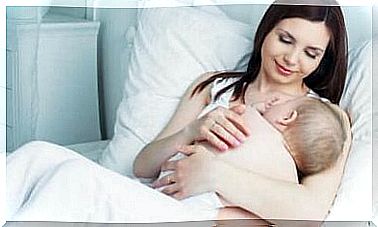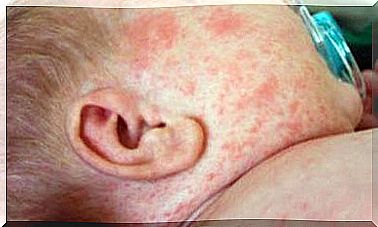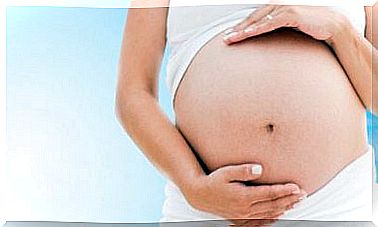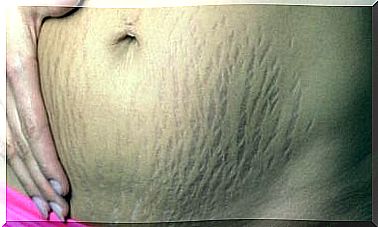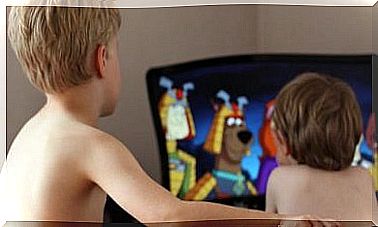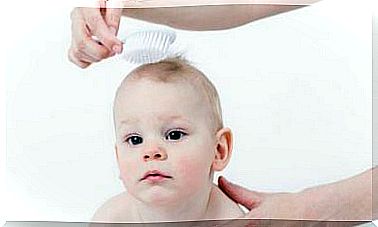Waning Eyelid: Causes And Treatments
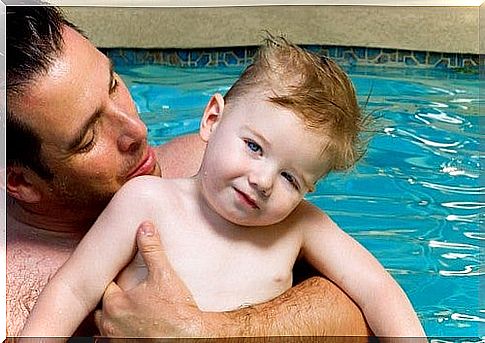
Falling eyelid is a disorder also known as ptosis. It occurs when the eyelid is lower than it should, partially or totally impairing the vision.
It can occur in just one or both of the baby’s eyes. Furthermore , drooping eyelid can be congenital or due to other factors that damage the eyelids.
What are the causes of drooping eyelid?
There are several causes that can be related to drooping eyelid. The main ones are:
- Congenital: It happens when the levator muscle of the eyelid does not develop fully during the baby’s gestation.
- At birth: The baby’s eyelid muscle may have been damaged due to the use of forceps (a tool used during delivery to help the baby get out).
- Eye Movement Disorders: May be linked to eye movement muscle problems.
- Brain or nervous system problems: Sometimes, this can be the result of a brain abnormality or neuromuscular disease that damages the eyes.
- Inflammation: In this case we are talking about other factors that are not associated with the deficiency of the muscles that control the eyelids. Instead, we are talking about situations such as the growth of tumors in the eyelids, allergies, trauma or conjunctivitis.
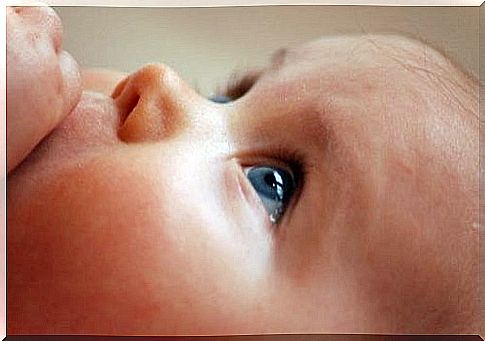
Most common symptoms
The drooping eyelid can usually be identified at six months of age. This is in fact the moment when the child begins to spend more time awake and can be more expressive with his face. If you are concerned that your child has this disorder, pay attention to the following signs:
- Tilting the head back to be able to see (when this happens, the child usually suffers from chronic stiff neck).
- Eyebrow Elevation: To raise the drooping eyelid.
- Excessive lacrimation: Excessive production of tears.
- Lack of vision: Partial or total blindness of the child.
Consequences of drooping eyelid in infants and children
Ptosis is not a serious condition. However, if the drooping eyelid partially or completely covers the pupil, it can impair vision and produce some of these problems:
- Amblyopia or lazy eye: Generates decreased vision of one and both eyes in the child.
- Squint: This is an altered condition in which the eyes do not look in the same direction or cross as a result of poor control of the child’s eye muscles.
Treatment of drooping eyelid
It can be said that, in general, the only effective treatment to cure drooping eyelid is surgery. There is no exercise or medicine that controls the movement of the eyelids.
However, as the European Institute of Ocular Microsurgery (IEMO) shows, it is necessary to check the child periodically and from birth in case of congenital ptosis. The ophthalmologist must evaluate the individual case and consider what to do.
- Periodic check-up: It is essential when dealing with congenital ptosis (ie from birth), in order to be able to describe any possible disorder as soon as possible.
- Occlusion of the healthy eye: In the event that an optical correction with glasses is necessary and you have contracted amblyopia (decreased vision), the healthy eye will be closed, to try to strain the damaged eye.
- Surgery: Specialists recommend that from the age of three or four, even from the age of five, it is possible to think about surgery. In fact, at this age, the child will be more able to cooperate. However, in cases of vision loss, surgery should be done as soon as possible, regardless of the age of the infant.
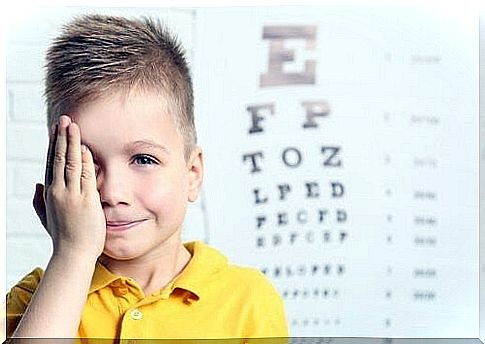
Recommendations
When children have drooping eyelid disorder, the first thing to do is take them to the pediatrician. According to the American Academy of Ophthalmology, it is important for parents to intervene immediately. This will avoid possible complications that can permanently compromise the vision of one or both eyes.
The attending physician will refer you to a specialist. He will carry out the relevant tests and make an appropriate diagnosis to find the right treatment. In this way, parents who follow the advice of the specialist will have good results.
Therefore, the best thing is that these types of corrections are put into practice in childhood. Even before the child starts school. This will prevent this pathology from having a negative impact on his school performance, on his development with what surrounds him and on his ability to socialize.
It is very important that when the parents notice any abnormality in the child, they consult a specialist in the area. This safety measure is essential to avoid harm to the child’s health in the future.
